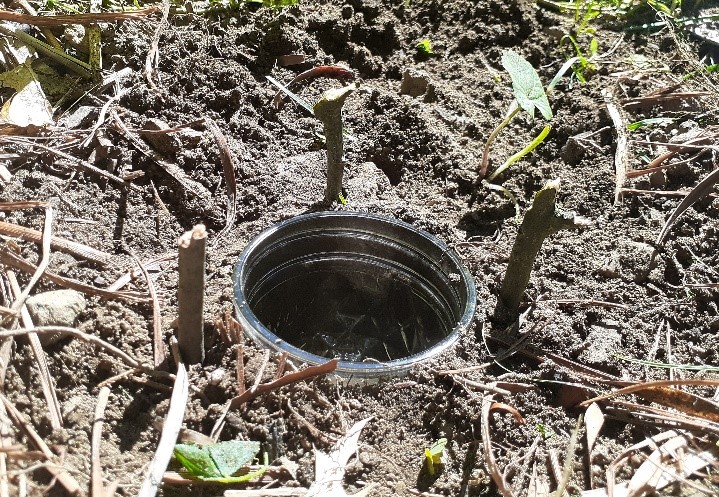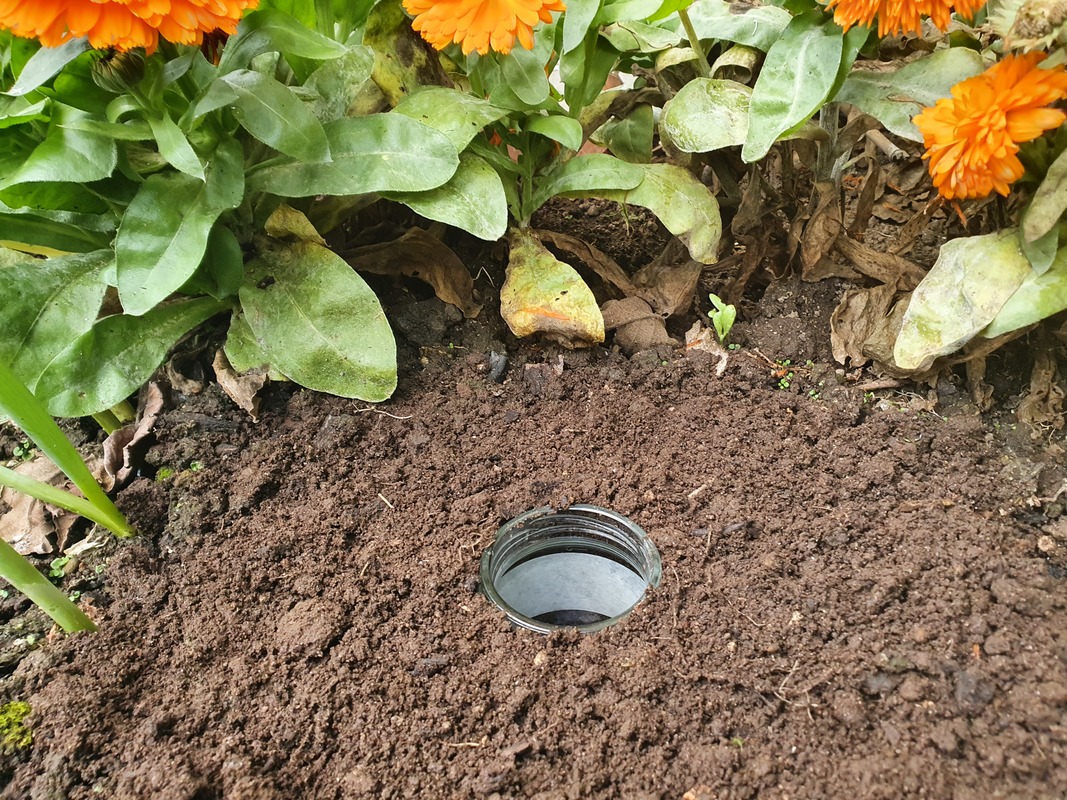

or that it helped you learn something new. If you do want to set your trap up during the day, it is important to check it regularly - at least every few hours and ideally every hour - to avoid creatures dying of heat or exposure.

Don't leave it any longer, or you might harm the creatures you catch. Check your trap in the morning, before the day starts to get warm.

Water will ruin your trap, so don't place it at the bottom of a slope where water could run in.Even a millimetre lip can have an impact and stop things from falling in. It's really important that your container is flush with the ground.He has these tips for anyone who wants to try setting up their own pitfall traps: Museum scientist Sam Thomas regularly sets up pitfall traps in the Museum's gardens as part of biodiversity monitoring of the area.


 0 kommentar(er)
0 kommentar(er)
